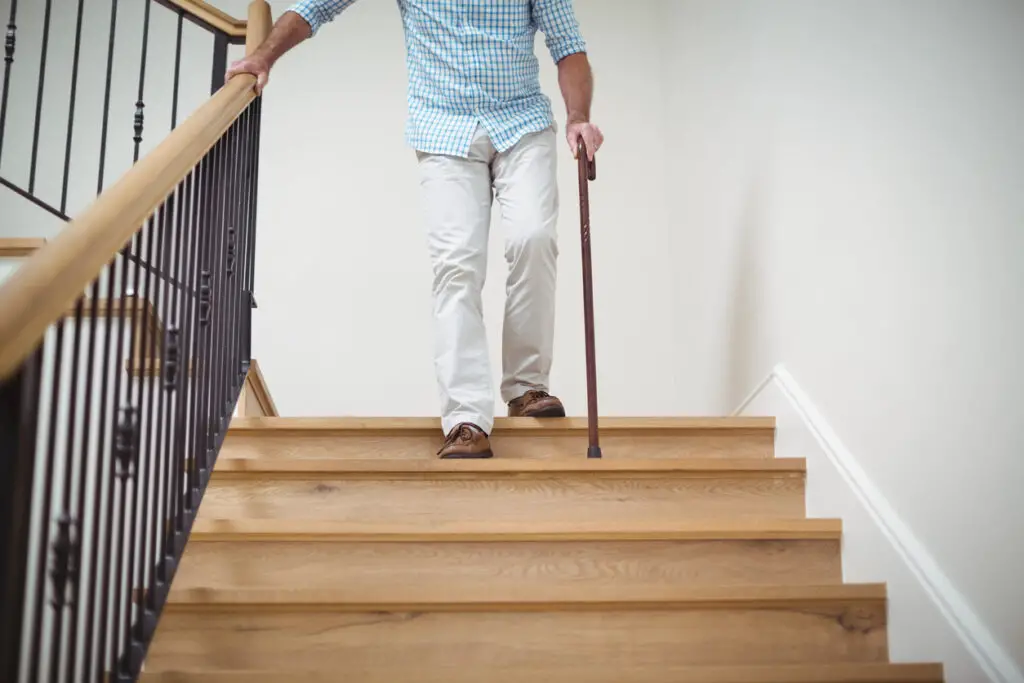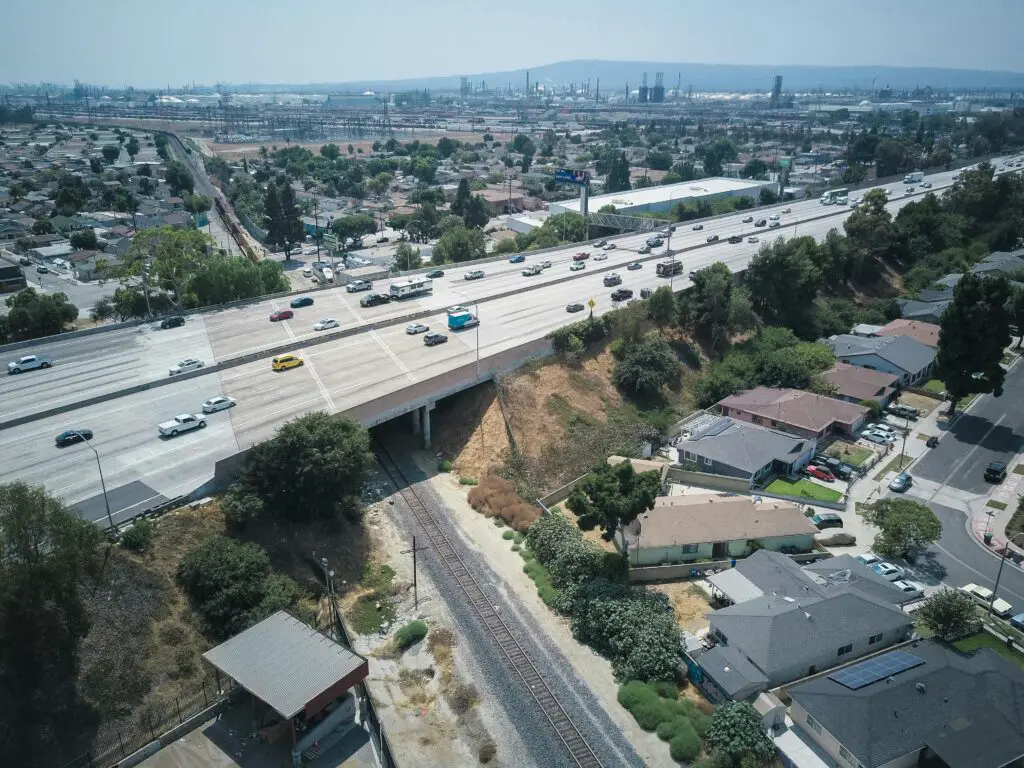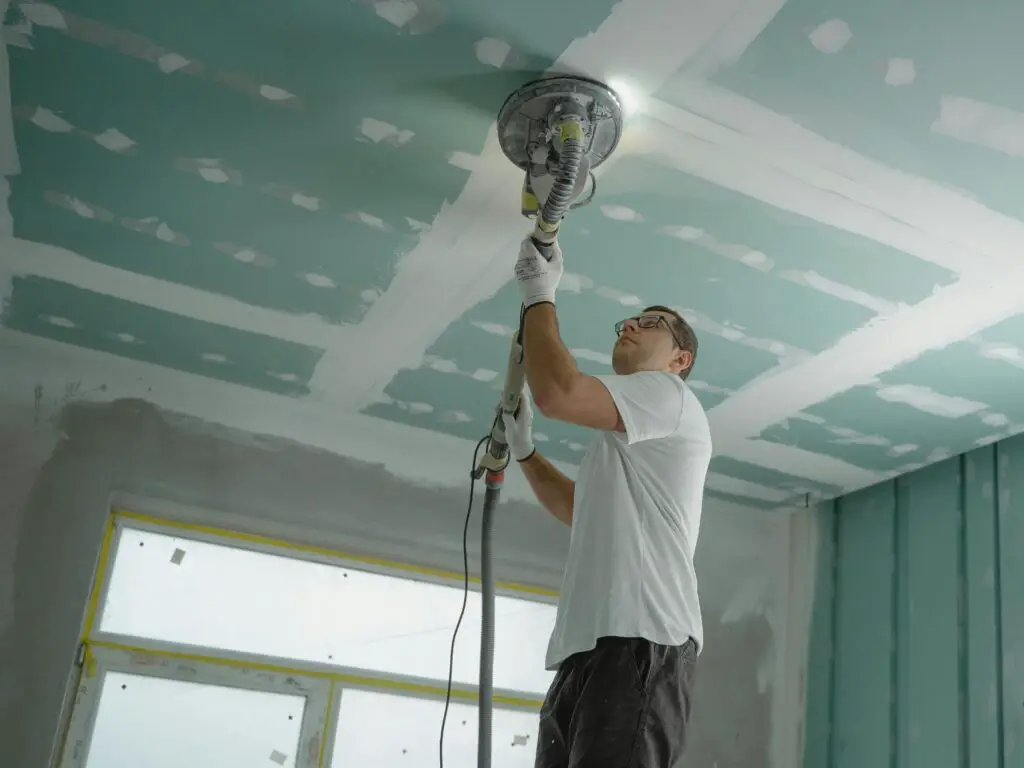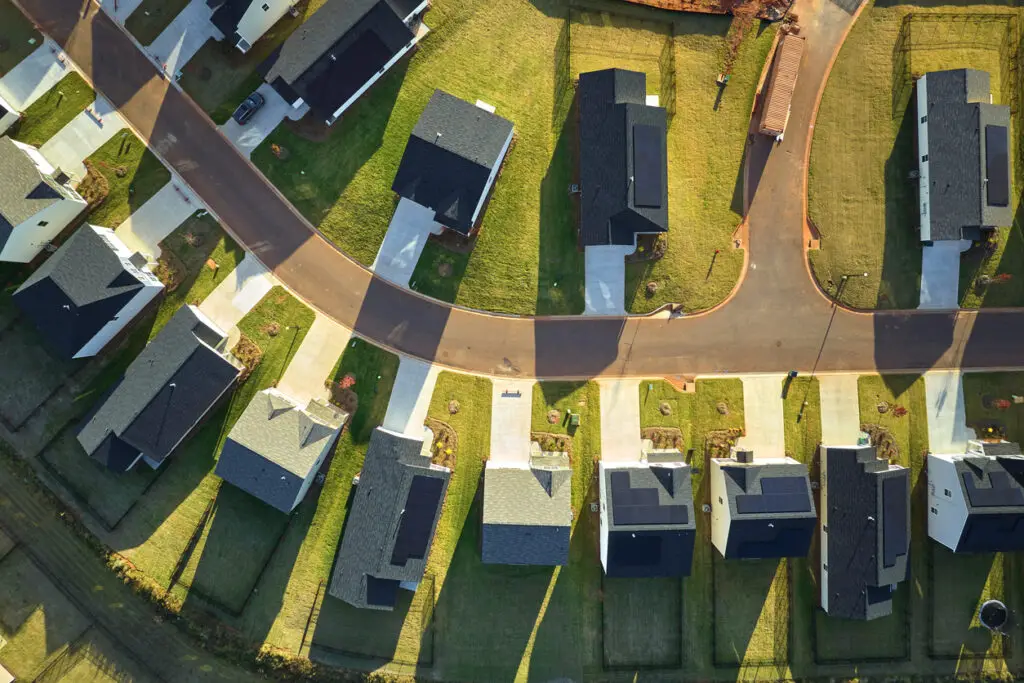1. Historic Homes with Extensive Renovation Needs

While historic homes have charm and character, they often require costly renovations that can spiral out of control. Outdated wiring, old plumbing, and foundation issues are common, leading to expenses that are tough to predict. The need for preservation can also limit design updates, making it hard to modernize.
2. Properties in Remote Locations

Homes far from amenities like grocery stores, schools, and hospitals can become inconvenient over time. Commuting to work or running errands may be exhausting, and lack of access to high-speed internet and reliable cell service can be frustrating for modern lifestyles.
3. High-Maintenance Homes with Large Yards

Large yards or homes with extensive landscaping can seem like a dream for nature lovers, but the maintenance required is often overwhelming. Mowing, weeding, and general upkeep can become a weekly chore, especially in climates where plant growth is rapid. Hiring landscaping services adds significant ongoing costs.
4. Homes in Unstable Neighborhoods

Areas with high crime rates, poor school ratings, or a lack of local businesses can lead to regret. Such neighborhoods may experience slow property value growth, making it hard to build equity. This can make reselling challenging, as potential buyers may also be deterred by the area.
5. Multi-Level Homes with Many Stairs

Homes with multiple floors or excessive stairs might feel spacious but can become a burden over time. Stairs are particularly challenging for families with young children, elderly relatives, or anyone with mobility issues. Climbing stairs daily can quickly become tiresome, especially with heavy loads.
6. Homes Near Highways or Busy Roads

Proximity to highways and main roads means constant noise from traffic, which can impact quality of life. Heavy traffic areas often bring pollution as well, and getting in and out of driveways can be dangerous. Additionally, resale potential may be lower due to the unappealing location.
7. Homes in Areas Prone to Natural Disasters

Buying in regions prone to hurricanes, floods, earthquakes, or wildfires can mean high insurance premiums and costly repairs. Disaster-prone areas bring the risk of major home damage and long-term stress, making these properties challenging for long-term ownership.
8. Fixer-Uppers with Extensive Structural Issues

Fixer-upper properties can look like a bargain but may hide costly issues like foundation cracks, roof damage, and mold. Structural problems can turn an affordable property into a money pit, requiring extensive professional help. For many, the time, effort, and expense aren’t worth it.
9. Homes with Poor Natural Lighting

Houses lacking ample natural light can feel dim and uninviting, making it harder to enjoy the space. Poor lighting may also impact mental health and limit options for houseplants. Brightening up a dark home with new windows or skylights is often costly and may not be possible with certain layouts.
10. Tiny Homes and Micro Apartments

Small living spaces can be charming and affordable but often become restrictive over time. Lack of storage, limited space for furniture, and cramped quarters can make everyday activities challenging. As life circumstances change, the lack of space can become frustrating.
11. Homes with Poorly Done DIY Renovations

Properties with DIY improvements can be problematic, as amateur work often leads to issues that need professional corrections. From unpermitted additions to incorrectly installed plumbing, these mistakes can cause headaches and add unexpected costs, making the home harder to enjoy.
12. Homes with Shared Walls or Multi-Unit Properties

While affordable, homes with shared walls like townhouses or duplexes can lack privacy. Noise from neighbors can disrupt peace and quiet, and any changes or improvements may require approval from others. This type of housing can feel restrictive for those who value their space.
13. Properties with Strict Homeowners Associations (HOAs)

HOAs can impose strict rules on everything from home exterior colors to pet ownership. While HOAs keep neighborhoods orderly, they can also feel restrictive and costly due to monthly fees and penalties. For homeowners who value independence, this can lead to regret.
Though these types of homes may initially seem appealing, each comes with unique challenges that might lead to buyer’s remorse. Weighing the potential drawbacks against lifestyle needs and future goals can help ensure a home that brings joy—not regret.
